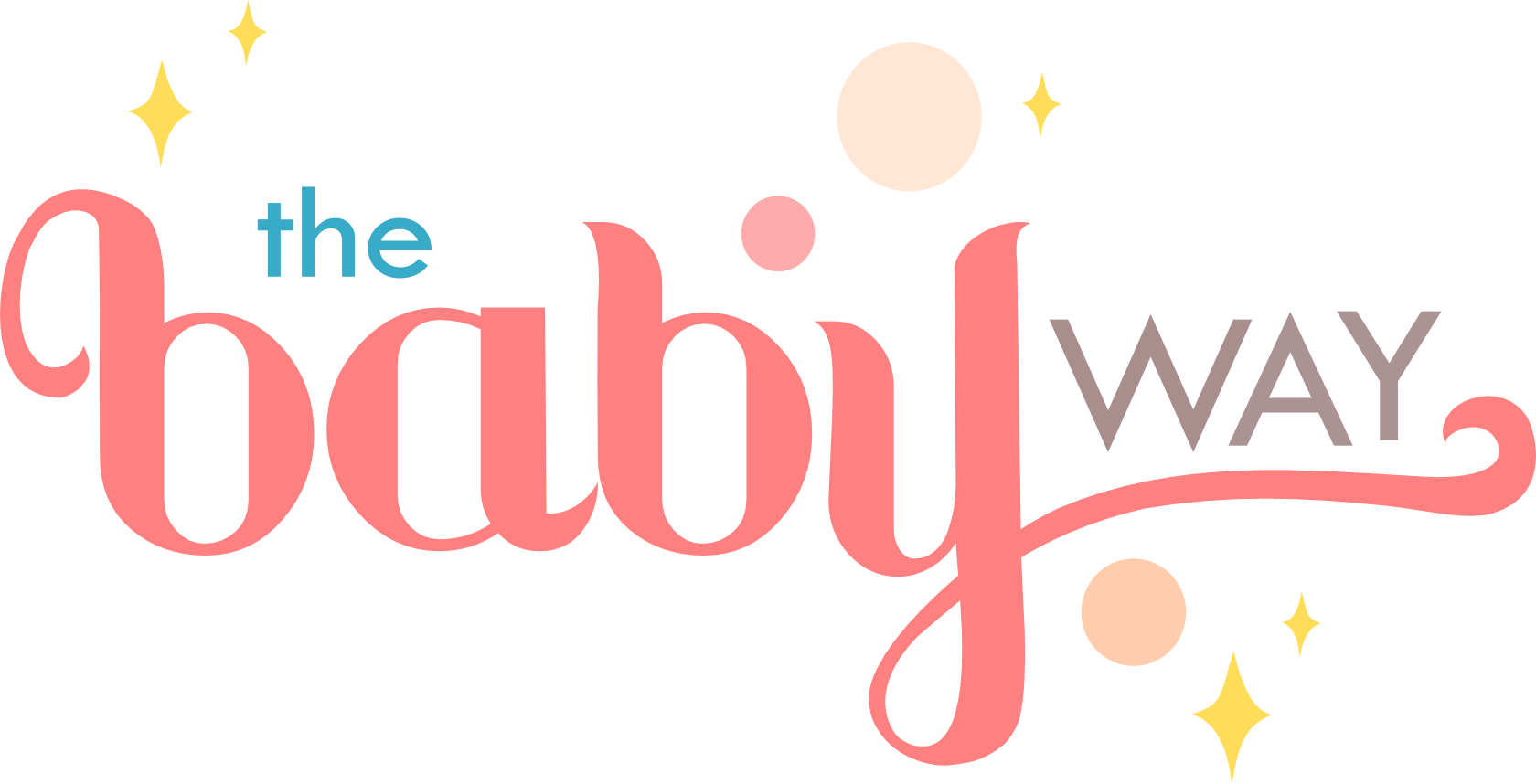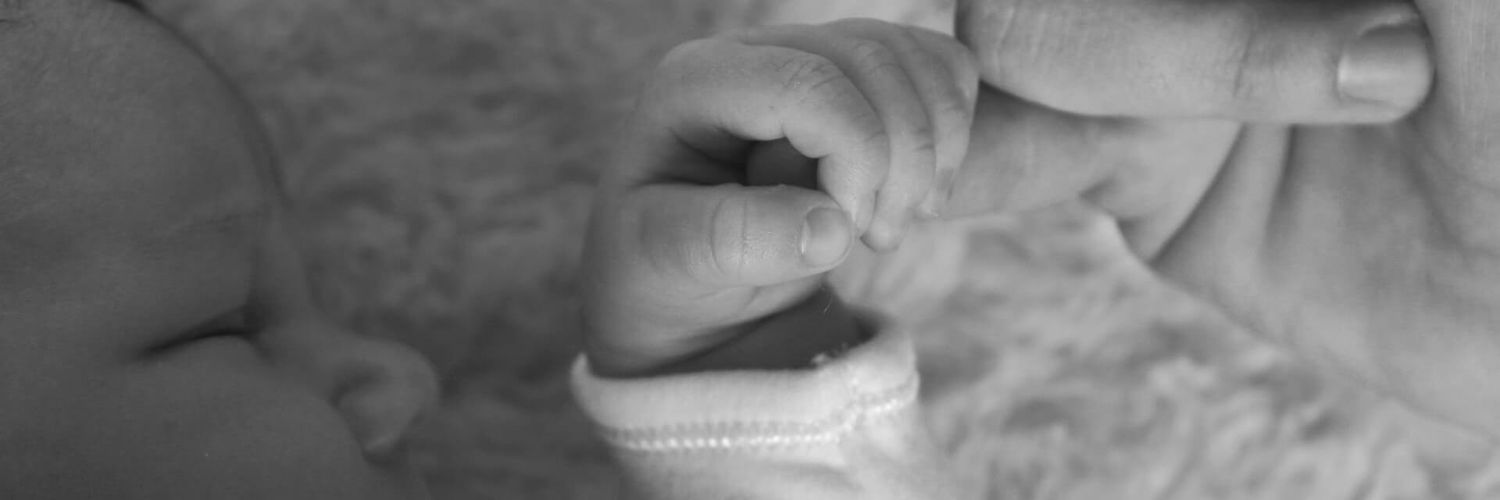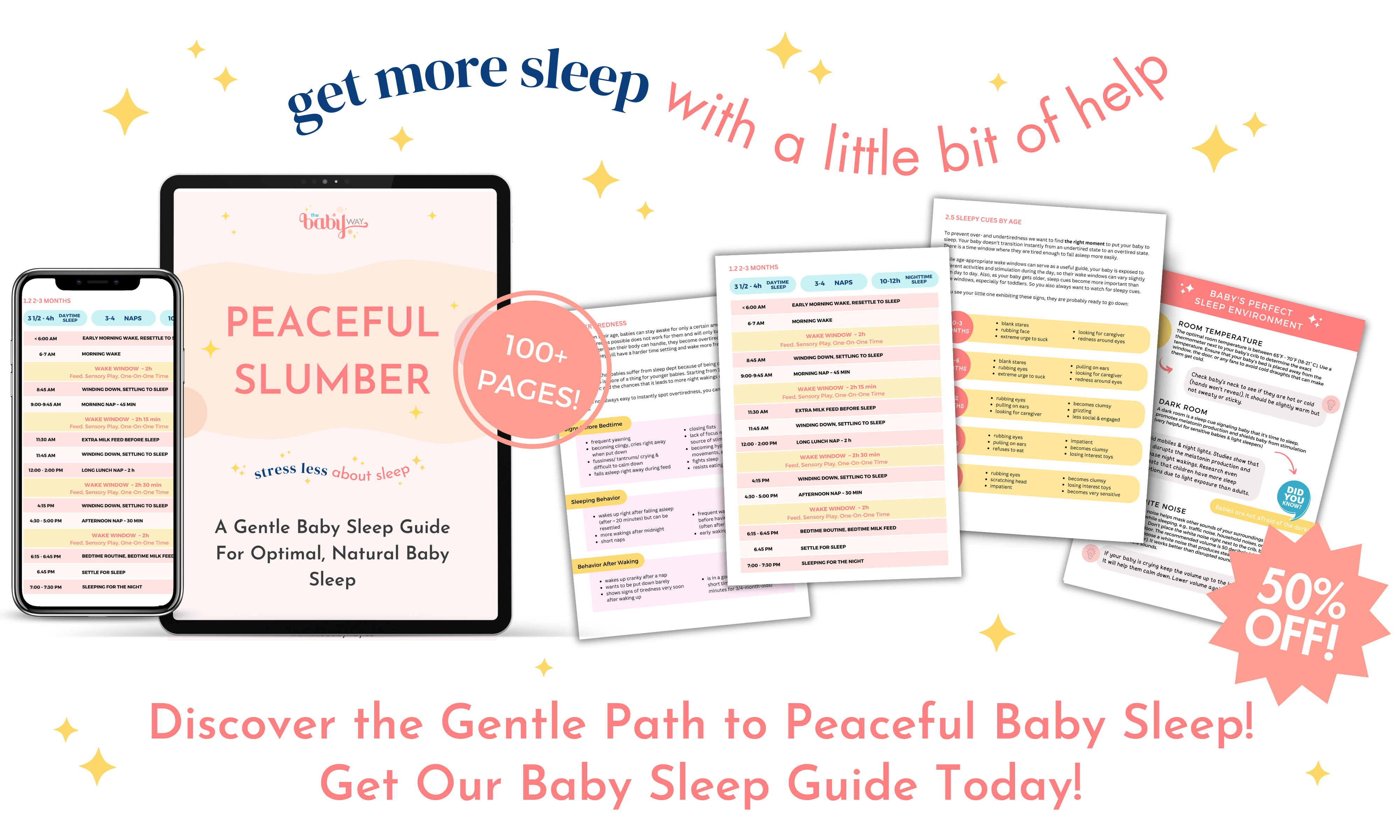As your baby is getting bigger, you might start to wonder when and how to transition your little one from bassinet to crib. Here are 7 easy steps to switch from one nest to the next.
I love the bassinet. It's practical, it's handy, and you can take your sleeping baby with you into every room. You can rock it to help your baby fall asleep. And it looks so comfy. I remember those early so sleep-deprived days when I wished someone would rock me to sleep in that little bassinet. It's just a perfect sleep space for the first months.
And just when you thought you got those sleeping arrangements all figured out, bam, the bassinet has suddenly become too small for that not-so-small-anymore baby.
Transitioning from bassinet to crib can be scary for parents. It stays in one place. You cannot rock your baby anymore. And your little one seems soooo tiny in that huge crib.
But don't be afraid, dear parent. Even though the time has come to part with your beautiful bassinet, there is no need to be scared. Here are all your answers to the most frequent questions when making the transition from bassinet to crib.
This article covers:
How Long Can My Baby Sleep In The Bassinet?
There is no absolute rule or age limit on how long your baby can use the bassinet. It can be used as long as it is considered a safe sleep space for your baby. So, in the end, it depends on your baby's size, their weight, and their ability to roll over and move. But most babies can sleep in the bassinet for the first 3-6 months.
A bassinet is a popular choice for many parents. New parents are sometimes anxious when their newborn baby sleeps in another room. So having them close by in the bassinet while they sleep can help ease that anxiety. It also takes up less space than a crib.
How Can I Tell It Is Time To Move My Baby To The Crib?
When you buy a bassinet, you should always read the weight limit. Most bassinets can be used until 20 pounds, depending on the product. If you cannot find a weight limit for your bassinet, then stay on the safe side and move your baby to a crib when they reach the 15 pound mark.
Also, newborns grow really fast in length within the first few weeks. Even if your baby has not reached the weight limit, it can get too small space-wise. If your baby has not much space left in the bassinet or their legs get easily stuck between the bassinet bars, it may be time to move to the crib.
The last indicator that it's time to move to the crib is if your baby can roll over from back to stomach. If a baby rolls over in a bassinet, there is not much space left. Also, the more your baby is able to move around, the riskier the bassinet can be. Bassinets are designed for newborns who usually don't move around much in their sleep. But when your baby gets more mobile, you need to move them to the crib to guarantee their safety.
Before using the crib, make sure it's safe. Always use a firm mattress and remove any loose objects, pillows, or blankets from the crib. Make yourself familiar with the recommended safety guidelines to guarantee a safe crib for your baby.
How Do I Transition My Baby From Bassinet To Crib?
Usually, the transition from the bassinet to the crib is not such a big deal for very young babies. Babies younger than 4 months often adjust very well to a new sleep space. But if you used to rock your baby to sleep in the bassinet or are worried that your little one might have trouble getting used to the crib, you can follow our 7 easy steps to make the transition easier.
Put The Crib Into Your Bedroom
The AAP recommends room sharing with your baby for the first 6 months, or ideally even the first year. But even if you plan to move your baby into the nursery sooner, it can be helpful to have the crib first in your bedroom and let them continue sleeping next to you, and then switch to a new room and a new crib. This way, your baby has the opportunity to get used to the crib while having you still close by, and you can much easier respond to your baby when they need you.
Start With The Morning Nap
Most babies at this age will still have a morning nap. The morning nap is usually very easy to achieve because sleep pressure is still very high, and babies fall asleep quite fast. That is a great opportunity to let your baby sleep in the new crib. Even if they only have a short nap or sleep for only sleep cycle, it gives them the opportunity to get used to the new sleep space without much resistance or protest. Once your baby gets used to sleeping in the crib during the day, you can attend to nighttime sleep.
Use The Crib As A Happy Place
Some sleep consultants will tell you only to use the crib as a sleep space but never as a place to play. Personally, I do not believe in this. I believe that babies know very well that the crib is for sleep, even if they play there once in a while. And by using it as a happy place, they even get to love it more.
So whenever your baby is awake and in a good mood, place them in the crib and play with them there. Let them create a good connection with the crib. And when your baby gets fussy, make sure to get them out.
Create A New Sleep Association
Say, what?
Am I really suggesting to create new sleep associations that involve you while every other sleep consultant on this planet will talk about bad sleep habits and sleep props?
Yes, that is exactly what I am going to do.
If you used the bassinet to rock your baby to sleep or had a bassinet like the Snoo, adding a new sleep association can actually help you wean them from the bassinet. Use a sleep association like patting on the bum or shushing. They are not as strong as rocking or feeding your baby to sleep, and you can still use them while your baby is lying in the crib.
Start by patting or shushing whenever you get your baby to sleep in the bassinet. Do this every time you get them to sleep. After around one week, they should already get used to the new sleep association. Then continue to use it in the new crib.
Make The Crib Smell Like Mommy
There is nothing better than mommy's smell. Before you start using the crib, you can put the crib sheet under your pillow for a few days so they will pick up your smell. It can make your baby feel more comfortable and familiar while sleeping in the new sleep space.
Use A Sleep Sack
If your baby is outgrowing the bassinet, they will probably also outgrow the swaddle. In that case, getting a sleep sack can be a very good idea. It restricts the leg movement of your baby and makes them feel more comfortable in the new crib that suddenly seems so big.
I remember when we thought our 2-year-old boy was ready for a toddler bed, so we removed one side of his crib. Well, it turned out he liked the restriction, so we ended up putting it back on. Many babies like having physical borders and actually feel less comfortable if there is too much space.
Place Your Baby In A Diagonal
This is another method to make your baby feel more comfortable in the crib. Instead of putting them in the middle of the crib, place them at the lower end but slightly diagonal with their sleep sack touching the bars of the crib. Again, feeling a restriction or an end at the bottom of their feet will make them feel safer.
Other Things To Consider To Improve Baby's Sleep
Besides gradually getting your baby used to their new sleep space, there are other things you can do to improve their overall sleep and also make them sleep better in the new crib. Starting healthy sleep habits at a young age can set your baby up for independent sleep in the future.
1. Set Up The Right Sleep Environment
A sleep-inducing environment is key if you want to get your baby to fall asleep easy and stay asleep. Provide a cool room and dress your baby properly. Babies at this age wake much more easily if they are too hot or too cold. Also, make sure to have a dark room and avoid using night lights or any other lights that can cause stimulation at night. Blackout curtains can help keep that room extra dark at night and prevent daylight from coming into the room in the morning. Finally, use a white noise machine to block out any possible outside or inside noises.
2. Pay Attention To Sleepy Cues And Awake Times
Sleepy cues are always your number one indicator for when it's time to sleep. Watch out for that tired signs of your baby, and get your baby to sleep before they get overtired.
Also, make sure that your baby is not undertired and has appropriate wake windows for their age. A baby that is undertired will also have trouble falling and staying asleep.
3. Start A Bedtime Routine
If you have not introduced a bedtime routine until now, then it is definitely time. A consistent bedtime routine can help your baby unwind from the day and prepare for sleep. Clean up your baby, change the diaper, put on pajamas, and read a book together.
The most important part of a bedtime routine is undivided attention and real one-on-one time. Most bedtime battles are a result of missing attention. And if you are able to connect with your baby before they snooze off, they will feel more comfortable departing from you while they sleep. So make sure to make your routine something special and enjoy the cuddles with your baby.
4. Start A Lose Nap Schedule
Your baby is at a perfect age to start a loose nap schedule. A nap schedule can help your baby develop a more regular sleep routine. Regular nap and bedtimes can make your baby fall asleep faster and sleep longer.
There is no need to have a super strict schedule. Your baby will not always sleep at the very same time every day. Having a gap of +/- 30 minutes is always ok.
How Long Will The Transition Process Take?
You cannot really put a time stamp on how long the transition will take. It depends on your baby's temperament, age, and current developmental change. For example, if you have a more sensitive baby that needs a lot of help to fall asleep, it can take longer. Or if your baby just started rolling over, it can influence their overall sleep altogether and also make this process a little bit more challenging.
But in general, due to the young age, the transition is often quite smooth and happens faster than many parents think. For some babies, it will range from a few days to about two weeks until they fully sleep in the crib during the day and the night.








